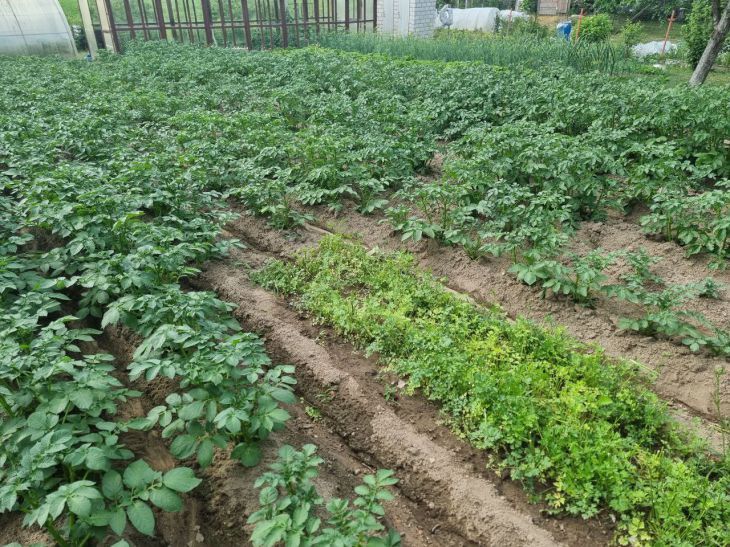Cinnamon, known as a popular culinary spice, has found a new use in gardening.
Gardeners have discovered the amazing properties of this spice, which can protect plants from pests and diseases.
The use of cinnamon in garden beds is becoming an increasingly common practice among gardeners.

Protection from ants and other insects
One of the main benefits of using cinnamon in the garden is its ability to repel ants.
The strong aroma of cinnamon disorients these insects, disrupting their usual routes.
By sprinkling cinnamon on the edges of garden beds or areas where ants congregate, gardeners create a natural barrier that protects plants from invasion by these pests.
Fight against fungal diseases
Cinnamon has powerful antifungal properties. By sprinkling it on the soil around plants, gardeners can prevent the development of various fungal diseases, such as powdery mildew or gray mold.
This is especially true for plants susceptible to fungal infections, such as tomatoes or cucumbers.
Stimulation of root formation
Surprisingly, cinnamon can stimulate root growth in plants.
Adding a small amount of cinnamon to the hole when planting or replanting plants can speed up the rooting process and promote faster root development.
This is especially useful when taking cuttings and growing seedlings.
Improving soil composition
Cinnamon can improve the structure and composition of the soil. It contains various minerals and microelements that, when decomposed, enrich the soil.
In addition, cinnamon helps retain moisture in the soil, which is especially important during dry periods.
Repelling rodents
The strong smell of cinnamon is unpalatable to many rodents, including mice and moles.
By scattering cinnamon around the perimeter of your property or around particularly valuable plants, you can significantly reduce the likelihood of them being damaged by rodents.


